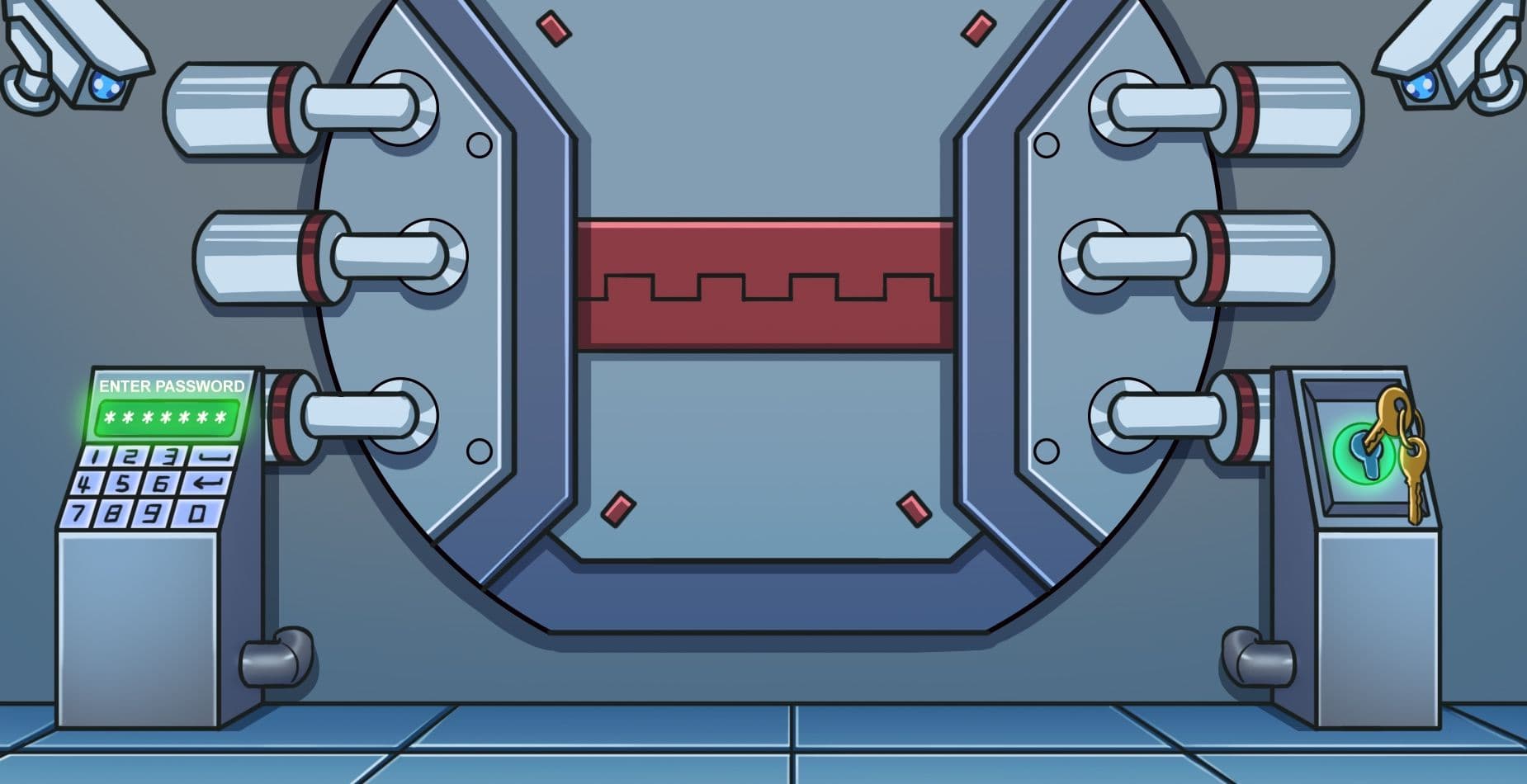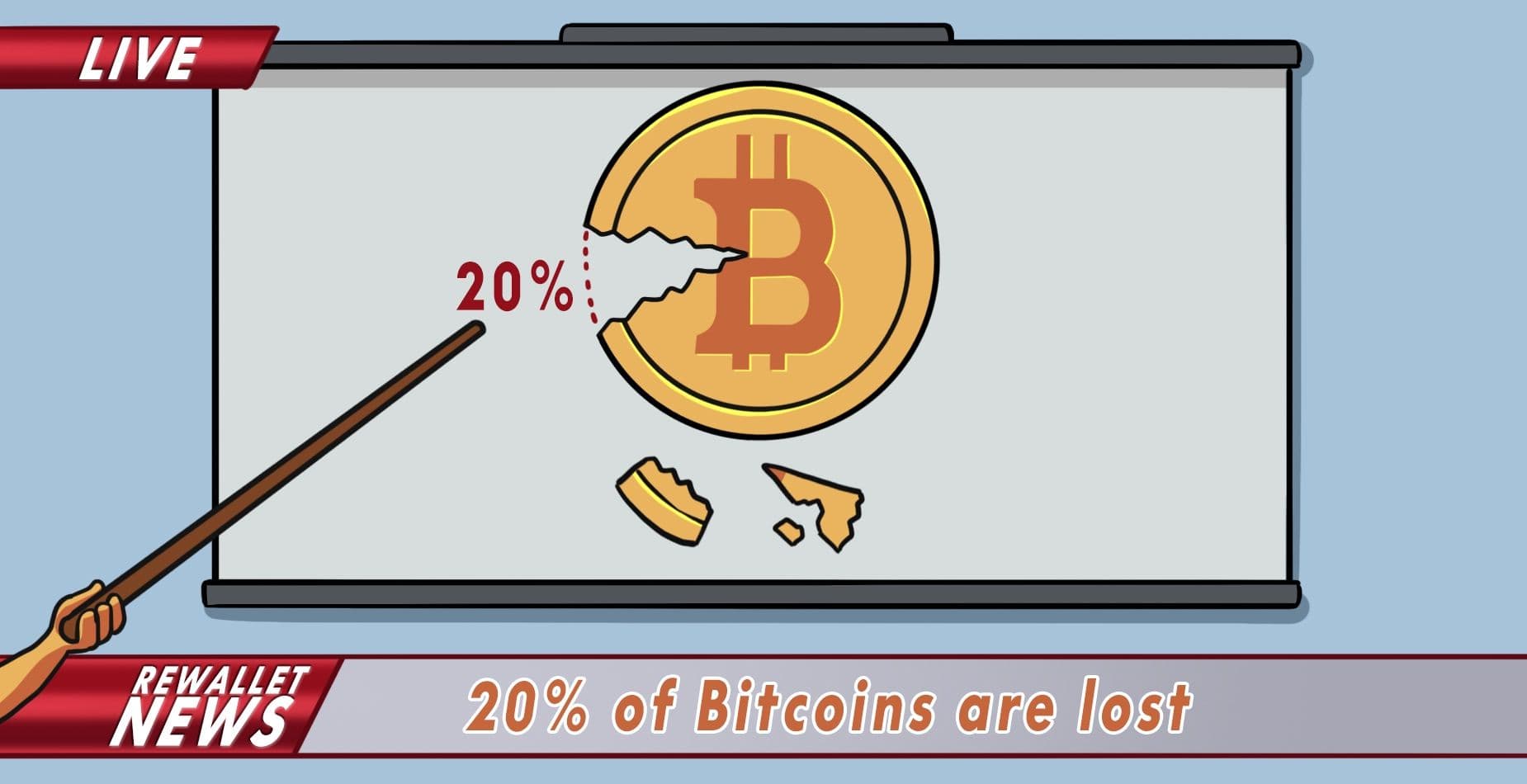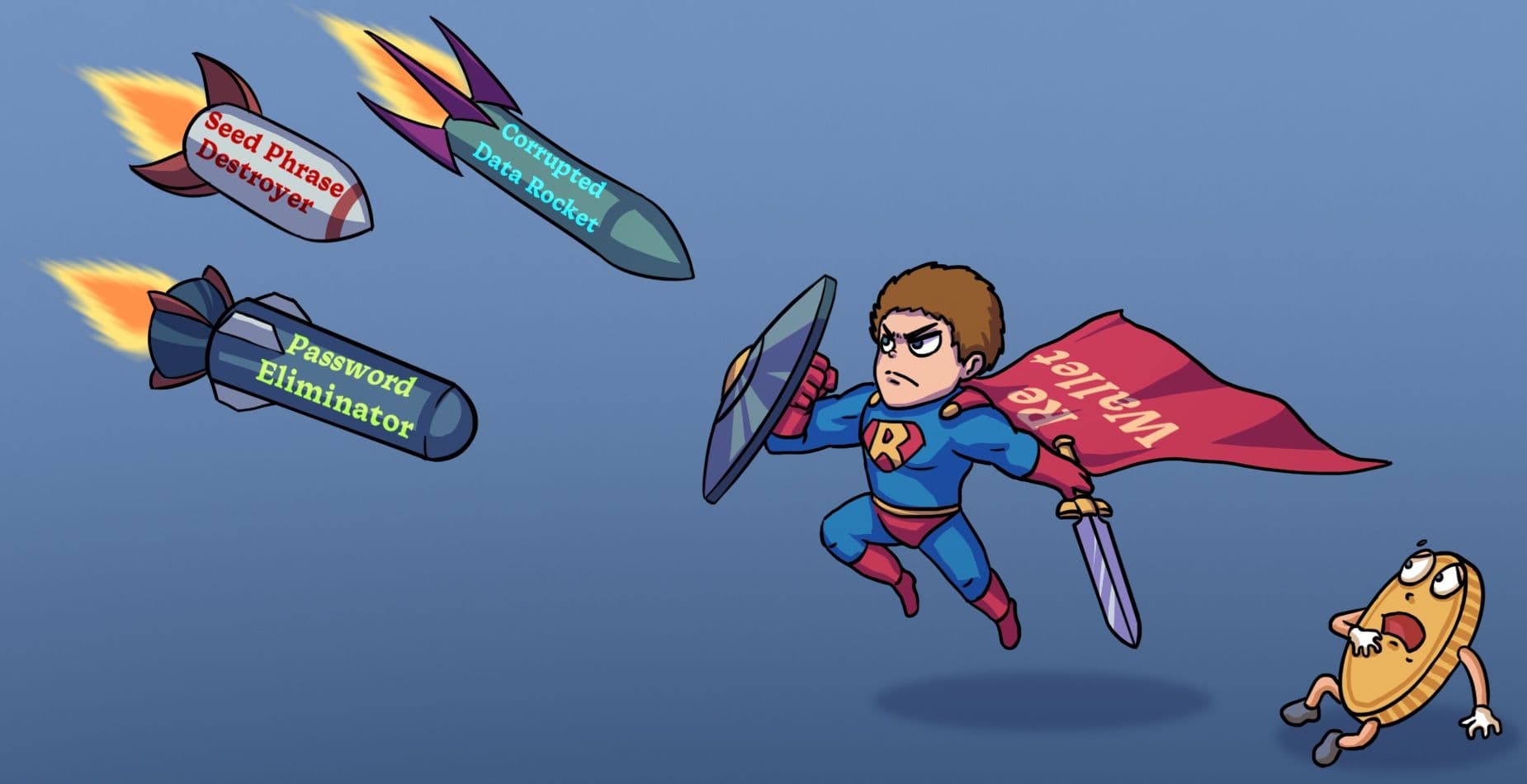A proper backup strategy is a must for securing one’s wallets and thus one’s cryptocurrencies. It is not uncommon for backups to pose a challenge to inexperienced users because they demand strict discipline, knowledge, and personal responsibility. If you do not make a backup you risk the possible total loss of your crypto assets.
Even if you have read up on the subject and understand what to do, you might reach your limits elsewhere. This is because every backup must ultimately be stored on a medium. This means that it automatically inherits the properties of this medium, which in turn implies that you have to think about whether it is even suitable for your own backups as part of your backup strategy.
In this article we would like to show you which medium you can choose and what criteria should guide your selection.
What Is a Backup Good For?
We have already explained in more detail in another article how you should basically proceed when creating backups how you should basically proceed when creating backups. However, the choice of media is not about how you proceed but what you want to achieve with the backup.
While all backups have in common that they are supposed to secure the wallets or cryptocurrencies, there are some details that come into play:
- How long should the backup be kept?
- At what intervals should the media or data carriers be exchanged?
- Should other people have direct access to a backup?
- Do I possibly want to prevent access by unauthorized persons at all costs?
- Where and under what external conditions will the backup be stored?
These questions can be answered in very different ways. For example, if you want to create a backup that can be stored for the next 40 years at a notary’s office and later passed on to heirs then you have corresponding requirements for the medium. However, these differ drastically from a medium that is used to get quick access in everyday life in case you forget your password or your computer crashes.
Pen & Paper
Pen and paper make very effective backups when it comes to making sure no one can get to the seed or private keys from a distance. Only those who hold the paper in their physical hands get access. The advantage of paper is that it is very durable. Since paper is also used for archiving cultural assets and documents, its resistance to aging is described in detail in the two standards DIN 6738 and ISO 9706.
| Class | Lifespan according to DIN 6738 |
|---|---|
| 6 - 40 | Atleast 50 years |
| 6 - 70 | Atleast 100 years |
| 12 - 80 | A couple hundred years |
| 24 - 85 | Age resistant paper |
So if you want to secure a wallet for eternity, you should invest in suitable paper and you will have a good chance of achieving your goal. However, please keep in mind that paper is also very susceptible to environmental influences and can potentially be destroyed.
An alternative to paper are steel plates that hold the backup in place either by a plug-in box system or by engraving. They are usually fireproof and weather resistant but also much for expensive.
USB Sticks & SD Cards
For most people, the USB stick is still the universal medium for quickly making copies and storing them offline. Therefore, these data carriers are also often the choice to secure the “wallet.dat” because the file is ideally already encrypted and secured with a strong password.
An alternative is the SD card, which is also used as a memory extension in smartphones or cameras. Both the USB stick and the SD card are so-called NAND flash memories, which is why they have a very similar lifespan. However, this varies, which is due to the differences in product quality and the use of these data carriers.
Depending on how good the quality is and how fortunate you are, these media can last between 10 and 30 years. It should be noted that unlike with paper these are pure estimates and not standard norms. Therefore, these data carriers can also fail much faster than one might like. Another aspect to keep in mind is that they need to be supplied with power at regular intervals. A backup on these media therefore also needs a certain amount of care. The reason is the transistors, which can survive for several years without power but at some point need to be recharged.
Hard Disks - HDD vs. SSD
In the case of HDDs, it depends on whether they are kept in operation or stored safely and dormant when disconnected from power. This is because HDDs have mechanical elements which suffer from wear and tear and thus eventually break down.
In addition, the readability of hard disks also decays at some point, which can be after about 2 to 10 years if the disk is in use. The mechanical parts might still work but the content that was written on the disk can no longer be read. Backups on an HDD remain durable for 10 to 30 years when stored dormant.
The situation is completely different with SSDs. Although they are also based on NAND flash memory, there are different production methods that can lead to different qualities. The lifespan of an SSD depends on how heavily or often it is written. Depending on the storage type, lifespans of up to several hundred years are possible.
Similar to memory cards, SSDs also need to be supplied with power from time to time. If you actually put such a medium in storage for decades without interruption, you might experience a nasty surprise if the transistors have discharged.
CD, DVD & Blu-ray
These data carriers are among the worst in terms of lifespan, which is also due to the fact that there are some differences in the quality of the actual media. If you write or burn the data media yourself then they last much shorter than comparable data media, which come from the industrial press. Another aspect is the high susceptibility to environmental influences and damage. If a scratch is deep enough, such a medium is no longer readable, and the backup is lost. Only paper is likely to be even more sensitive.
When it comes to durability, there are big differences between home-burned CDs and DVDs. While a CD lasts between 5 and 10 years, a DVD can serve as a backup for between 10 and 30 years. Only Blue-Rays are even more resistant and can last up to 50 years although this is only an estimate and not a standardized norm.
The Cloud
Theoretically, cloud storage has an unlimited lifespan because the data carriers are backed up several times and regularly maintained or replaced. However, its lifetime is probably de facto limited by the existence of the respective provider. The cloud makes backups available extremely quickly at any location but has the disadvantage of being dependent on an Internet connection. At least theoretically, a hacker could access the data remotely. This makes encryption of the backed-up data a second medium as a fallback option absolutely essential.
Another aspect to consider is creating multiple backups with different providers. While encryption is already a good and important approach, a cloud provider might suffer total systems failure. Such a super failure is rare but still fatal. If you have backed up your data with two or more providers then you are also prepared for this eventuality.




